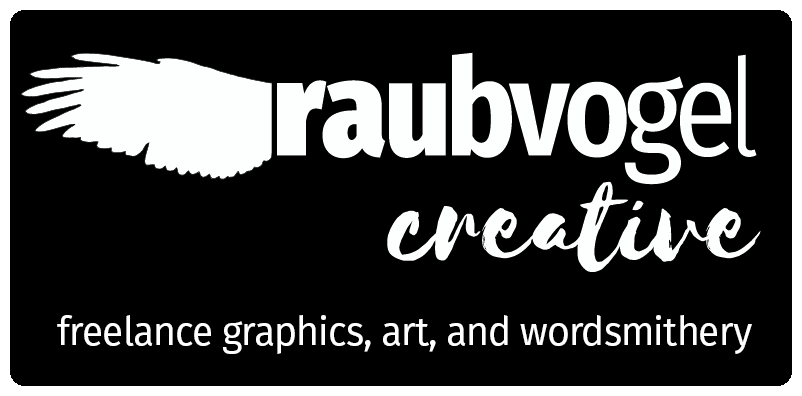You can license a customized version of this calendar for your local mikveh! To learn more, please contact me at the e-mail address from the back cover of the calendar. You can also find contact info on my resume.
(Click on any image to view a PDF of that year’s calendar.)

The inspiration: a mikveh calendar from Chicago
In 2002, the women at what was then the Beth Tvillah Mikveh Society approached me about making them a personal calendar, with daily sunrise and sunset times and general information about the laws of family purity. They suggested modeling it on a calendar put out by a similar organization in Chicago.
This was a fun challenge to take on. The calendar would have to include both Jewish and secular dates, while presenting the notion that the two don’t completely overlap – Jewish calendar dates begin and end at sundown, not midnight. We also decided to add holiday information and sunrise times (which were not in Chicago’s calendar), while preserving “white” space, in which users could add notes.

The new Mikveh Calendar (5763)
My solution was to print the calendar on larger stock – half of a legal (8.5 x 14 inches) sheet, instead of Chicago’s letterhalf; the finished calendar would be seven inches wide, instead of 5.5. Chaiah Schwab provided the cover art. I made the vertical margins between days narrower than the horizontal margins between weeks; I felt this better conveyed the left-to-right flow of time, from day to day, within each week. A list of sunrise and sunset times was placed to the right of each week, in the space provided by the larger paper. I wrote a short, illustrated guide to using the calendar, and I lightly edited the rest of the text, which the ladies had provided.

5765 calendar, with chart
The women liked the calendar a lot, but some of them wanted more space for notes. I ended up replacing the last page of successive calendars with a simple chart, like one Rabbi Chaim Papelow (of Yeshivat Mikdash Melech, in Brooklyn) had once told me to make. Removing one month wasn’t as problematic as it would sound – each calendar included the first two or three months of the following year. I also experimented a bit with the page breaks in the instructional section.

The revamped 5766 calendar
In 2005, after migrating from PageMaker (the page-layout software I’d been using) on a PC to InDesign on a Mac, I completely revamped the layout, giving it an airier, friendlier, retro-modern look. At the same time, the calendar now packed much more information, something users had asked for. Sunset and sunrise times were moved into each day’s space, where they would be easier to find. The numbers for each date were arranged to reflect the order in which they began, from left to right – the Hebrew, Jewish numbers were placed in the “night time” half of each date, and the English, secular numbers were placed to the right. Religious holiday info was enhanced and expanded, and secular calendar events were added. The space where the time charts had once been was moved to the left-hand margin and laid out for organized note-taking. I redesigned the cover, using a photograph of the vintage Formica in my mother’s bathroom. The rounded rectangle shape became a visual motif that carried throughout the entire calendar. (It’s supposed to look like a vintage TV screen – and the top and bottom are not symmetrical!)

5770 – a two-year calendar
Four years later, change was afoot. A new mikveh was under construction, in a safer, more central location. The Mikveh Society itself was undergoing some organizational shifts. I redesigned the calendar’s cover to reflect those changes. The last page of the calendar was requisitioned for information about both the mivkeh and the organization. The chart was moved to the spread just before the first calendar page. At the request of some of the women, I added a panel just beneath the chart, in which I explained the Hebrew representation of Jewish dates. The calendar also moved to a two-year (27 month) format. Although each copy would cost more to print, the expense over a two-year period would be less. Also, I would only have to update the calendar every other year.

The 5776-5777 calendar
By the next time I updated the calendar, the new location had opened, and Beth Tvillah Mikveh Society had become the Cincinnati Community Mikveh. I replaced the branding on the outside of the calendar, and I added more specific location info to the back-page information section, including separate QR codes for directions to the men’s and women’s parking and entrances.























